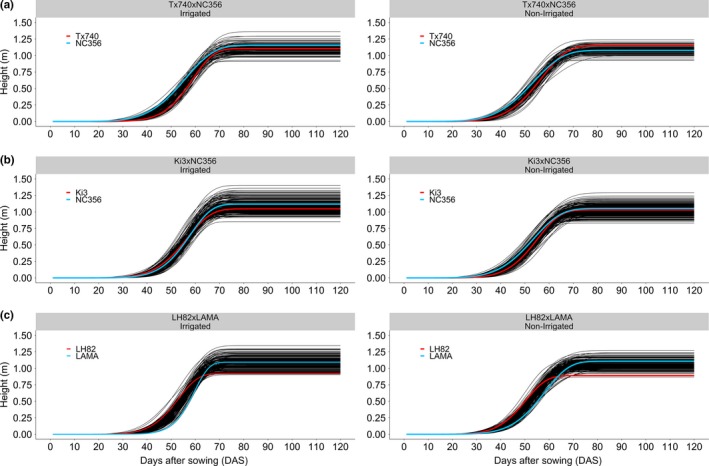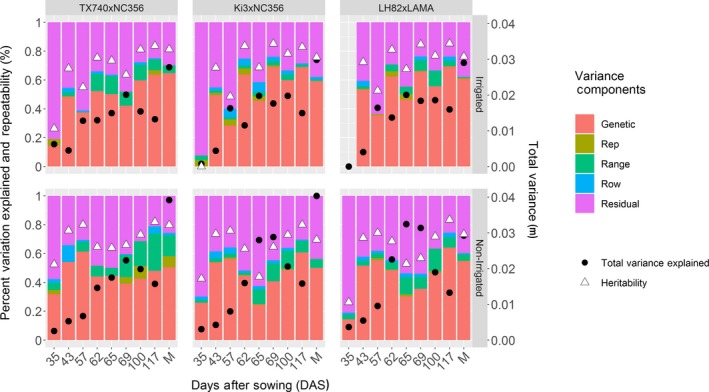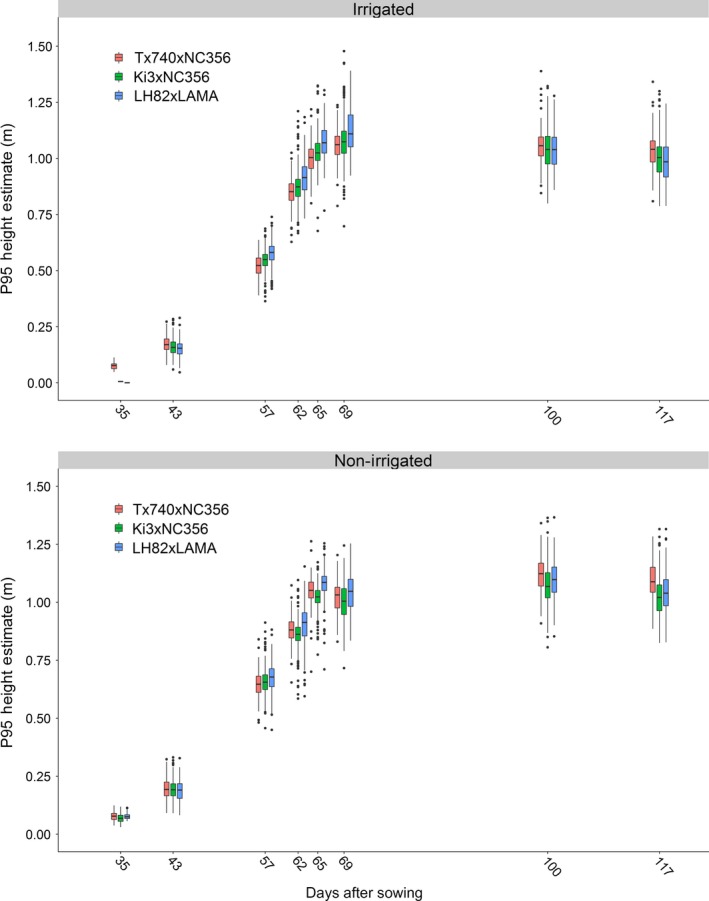In this work, we present the draft genome sequence of Staphylococcus warneri strain TRPF4 consisting of 2,634,550 bp with a G + C content of 32.4%. The genome sequence includes 2466 protein-coding genes, 11 rRNAs and 62 tRNAs, in 33 contigs. Applying the Rapid Annotation using Subsystem Technology (RAST) a total of 1322 protein-coding genes were assigned to 393 subsystems.
Also, a set of 1286 protein-coding genes with designated functions were assigned to 21 categories in the Cluster of Orthologous Groups (COG) database.
Further analysis of BAGEL3 software demonstrated that the TRPF4 genome contains two gene clusters responsible for the synthesis of three bacteriocins, one warnericin RK and two delta-lysins. Besides, a novel delta-lysin of 3.48 kDa was identified for the first time.
The three predicted bacteriocins were chemically synthesized and screened for the antimicrobial activity against a range of pathogens, exhibiting a potent and specific antimicrobial activity counter to L. pneumophila, with minimum inhibitory concentrations (MIC) ranging from 1.9 to 7.8 µg mL-1.

These results indicate that the strain TRPF4 can produce bacteriocins with anti-Legionella activity. This was verified by the extracting the bacteriocins from the fermentation broth and testing against L. pneumophila. Additionally, the strain TRPF4 exhibited no cytotoxicity in mammalian cell lines.
In summary, the genomic sequences and in vitro assays demonstrated the potential application of bacteriocins from S. warneri TRPF4 as a scaffold for further development of drugs against L. pneumophila, the causative agent of Legionnaires’ Disease.
by- later florida
Copy number alterations (CNAs) play an important role in molding the genomes of breast cancers and have been shown to be clinically useful for prognostic and therapeutic purposes. However, our knowledge of intra-tumoral genetic heterogeneity of this important class of somatic alterations is limited.
Here, using single-cell sequencing, we comprehensively map out the facets of copy number alteration heterogeneity in a cohort of breast cancer tumors. Ou/var/www/html/elife/12-05-2020/backup/r analyses reveal: genetic heterogeneity of non-tumor cells (i.e. stroma) within the tumor mass; the extent to which copy number heterogeneity impacts breast cancer genomes and the importance of both the genomic location and dosage of sub-clonal events;
the pervasive nature of genetic heterogeneity of chromosomal amplifications; and the association of copy number heterogeneity with clinical and biological parameters such as polyploidy and estrogen receptor negative status.
Our data highlight the power of single-cell genomics in dissecting, in its many forms, intra-tumoral genetic heterogeneity of CNAs, the magnitude with which CNA heterogeneity affects the genomes of breast cancers, and the potential importance of CNA heterogeneity in phenomena such as therapeutic resistance and disease relapse.


